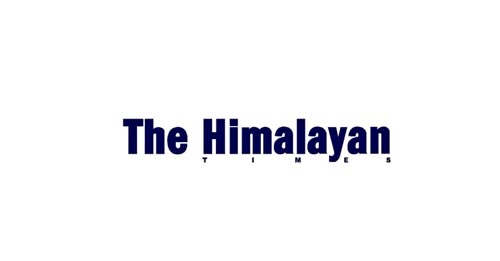EDITORIAL: Look smart, DoTM
Whatever the reason, having service-seekers wait for years for a smart driving license is simply frustrating
There are almost 700,000 service-seekers who have applied for a smart driving license, but there seems to be little urgency on the part of the government to meet the demand. The Department of Transport Management (DoTM) has shrugged off its responsibility by putting the blame on the low printing capacity of its printers for the backlog. The DoTM started issuing smart licenses in December 2015 under a $25-million project funded by the Asian Development Bank, but four years down the lane, it has not been able to print enough licenses under one pretext or the other. Either the department lacked resources or it took very long to procure the required number of mass printers. Still others blame it on the frequent change of leadership at the DoTM - there have been three heads in the last one year. One major cause for the pile-up is that the DoTM only calculated the number of new driving license seekers who had successfully completed their trial but had failed to take into account those needing to renew their license, which expires every five years. But whatever the reason, having service-seekers wait for years for a smart driving license is simply frustrating. It is wrong to have someone drive a vehicle with a license fee receipt instead of a driving license.
Even the smart driving licenses issued by the DoTM have not been without their fair share of flaws. The department had to halt the printing of the cards in mid-January this year after the company responsible for printing them – Malika Incorporated – failed to meet the standards set by the government. Most of the complaints were related to the chip embossed in the card, which got easily dislodged. The chip carries vital information about the driver as well as the vehicle registration number. The Indian company had also used the thermal printing method instead of laser printing, which resulted in letters getting eroded over time. Earlier, another company – Madras Security Printers – which was both supplying and printing the cards had printed photographs that were unrecognisable. The technical glitches have been corrected, but the gap between what the department can print in a day - 3,000 cards – and the actual need of more than 5,000 a day is simply glaring.
The DoTM has just installed a mass printer, which should start printing licenses from next week. With a capacity to print 400 licenses an hour and to be pressed into service for 18 hours a day, the DoTM is hopeful all pending applicants will get their licenses within the next few months. Four years is an awfully long time to solve any problem in any field, but it is contemptible that the DoTM has not been able to work out a simple thing like a driving license. It tells very much about the way our government and its agencies work in Nepal. Another of its pet projects, the installation of embossed vehicle registration plates, lies in limbo after the Supreme Court halted their distribution more than a year ago. The embossed plates too had many defects. The service-seekers have suffered largely because of the business-as-usual attitude of our authorities who are in no hurry to find a resolution to any problem. This must change.
NEA’s IPO to public
The state-owned Nepal Electricity Authority (NEA) is all set to issue 25 per cent (worth around Rs 31.25 billion) shares to the public soon through the initial public offering (IPO) to improve its financial health. As per Kul Man Ghising, managing director of NEA, the plan to issue the IPO is to minimise the operational cost, increase generation capacity, minimise electricity leakage and increase electricity sale within the country. If it materialises, it will be the largest IPO ever issued by a Nepali company. Ghising said the NEA’s IPO will be issued to the public in a modality similar to that of Nepal Telecom. NEA currently has Rs 125 billion in paid-up capital, and it has been in profit for the last three years since 2016.
As it involves huge amounts of money, the IPO will be issued to the corporate houses and business people in the initial phase. The main question is whether NEA will be able to issue such a huge amount of shares to the public in view of the dwindling value of the shares of many private hydel projects being sold in the secondary market and also during the IPO. NEA must reduce the cost of its hydel projects under construction and operation cost of its plants already in operation to win the public confidence.






